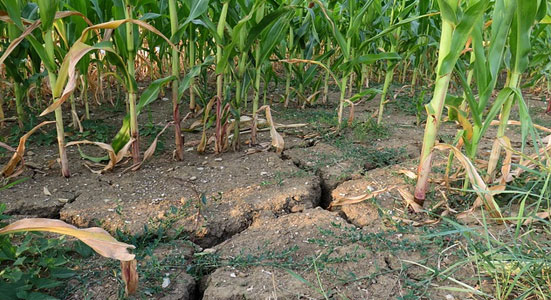Chile leads the second highest risk category of water stress in the world
A quarter of the world’s population – which already reaches 7 billion inhabitants – is in a country that is in “extremely high” conditions of water stress. This means that the need for water that exists in these locations is greater than the existing resources. In this list, Chile comes immediately after with only 0.04 points of difference.
According to the World Resources Institute (WRI, for its acronym in English) in these countries in worse situation on the planet several points come into play, for example, agriculture, industries and municipal administration are responsible for extracting more than 80% of resources. Here is first Qatar (4.97), Israel (4.82) and Lebanon (4.82) in the first places, a list of 17 nations among which is also India (4.12) in the 13th place, followed by Pakistan with 4.05 points. The work, which includes 157 countries for which information is available, was published Tuesday by the international organization to increase alerts about the need to protect resources.
In the following category in risk level Chile is leading the table with 3.98 points, followed by Cyprus and Yemen, in this situation of “high” risk are also Morocco (3.89), Mexico (3.86) , Spain (3.74), Egypt (3.07) and is closed by Italy at position 44 with only 3.01 points. At this level, more than 40% of available water supplies are extracted each year. One of the biggest problems caused by water stress that the difference between available water and that used in various development areas can bring countries closer to their “zero day”, as happened with Cape Town in South Africa the year past, before the constant droughts that are happening on the planet. To avoid these risky situations, the WRI delivers three recommendations that will keep nations away from situations of high need. The first of these is to increase efficiency in agriculture, also to invest in infrastructure to allow good use of water resources, and the third is to reuse and recycle occupied water.
Source: Emol








